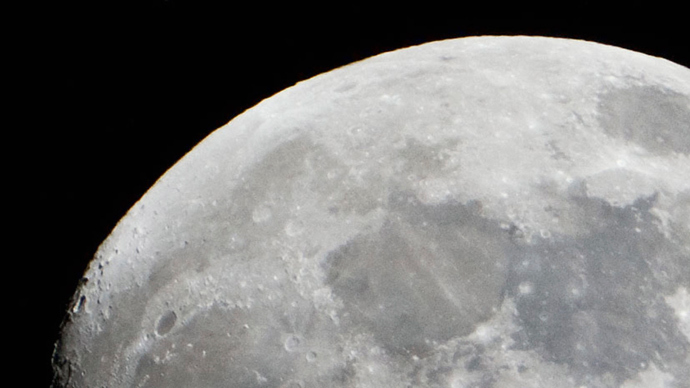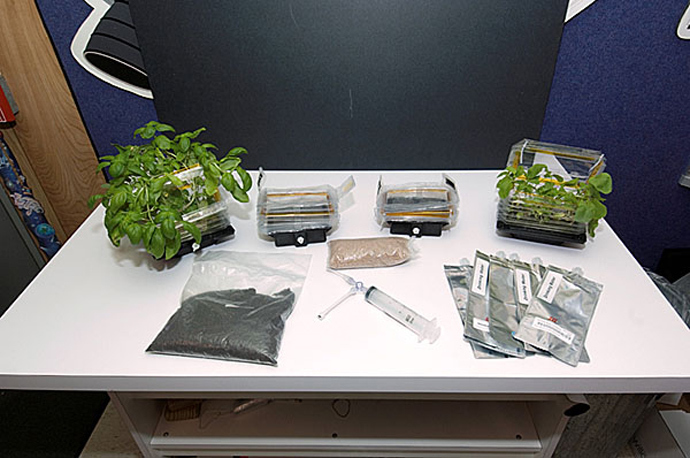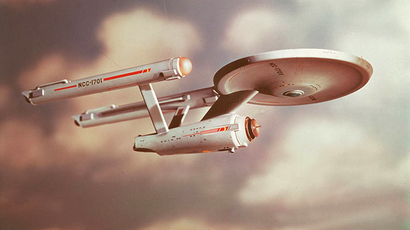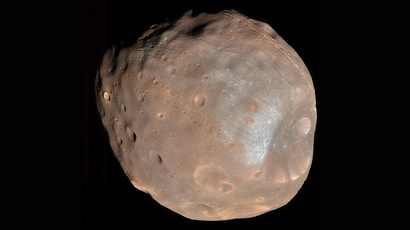Moon gardens: NASA to sow 1st seeds of future habitat

NASA is bravely venturing into new scientific territory with a plan to start growing plants on the moon no later than 2015. The experiment is designed to yield important knowledge about life’s long-term chances in space – including for us.
The initiative comes courtesy of the Lunar Plant Growth Habitat team – a small group of scientists, students, volunteers and contractors – who plan to install specially-designed containers about the size of a coffee can, in which the plants will be encased, complete with sensors, cameras and other devices that will be relaying information down to Earth.
This is to be the first life sciences project conducted on another world and is ambitious about exploring opportunities for future human life support, apart from the obvious benefits of learning more about growing life in extreme temperatures.
The dream is to be able to freely live on the moon for decades on end – instead of hours. Follow-up experiments are already in the making.
The idea, according to the space scientists, is “to develop a very simple sealed growth chamber that can support germination over a five-10 day period in a spacecraft on the moon,” with filter paper used to feed dissolved nutrients to the plant.

NASA wants to start off with basil, turnips and Arabidopsis. The latter has been described by scientists as the ‘lab rat’ of plant biology.
The habitats will have to regulate their own water consumption, temperature and power supply.
“Upon landing on the moon a trigger would release a small
reservoir of water wetting the filter paper and initiating
germination of the seeds. The air in the sealed container would
be adequate for more than five days of growth. No additional air
supply or air processing would be necessary. The seedlings would
be photographed at intervals with sufficient resolution to
compare with growth in Earth controls. We would use the natural
sunlight on the moon as the source of illumination for plant
germination as a first ISRU (in situ resource utilization)
demonstration,” the scientists reported on the space agency’s
website.
Interestingly, the experiment is quite cheap. This is in part due to technological advances, but also owing to NASA’s adventurous idea of crowdsourcing the initiative. Instead of copying the experiment hundreds of times over, the special kits and growth habitats will be distributed to schools, as well as budding scientists. The space agency will then collect all the data from their experiments and compare it to the results on the moon. This will also give schoolkids the opportunity to personally contribute to the study.
Such a lighthearted approach has never been taken to an experiment of such magnitude, and the crowdsourcing initiative is already being praised for its ingenuity.

The only question remaining is – how do we get the plants up there?
The agency’s best bet is to send the plants on a commercial spacecraft.
Google has been instrumental in spearheading the commercial space race, with its Lunar X-Prize 2015 being sought after by many takers.
The prize will go to the one who safely lands a vessel on the moon, travels at an altitude of 500 meters above, on, or below its surface and transmits two ‘mooncasts’ back to Earth by December 31, 2015. Bonus prizes will also be available.
The beauty of the Google-prize approach is that NASA no longer has to spend hundreds of millions of dollars or wait until the next space ship departs for our satellite.
Speaking to Singularityhub.com, prominent planetary scientist, Dr. Chris McKay, explained that just 20 years ago, the project would have cost $300 million, while now it can be done at literally less than a hundredth the cost. It is a victory for both NASA and the private space industry.
“Just like we buy tickets on commercial airlines, why shouldn’t we buy space on commercial flights,” he explained.
Even if NASA fails, a new door has been opened to undertaking incredibly ambitious projects at negligible costs.














